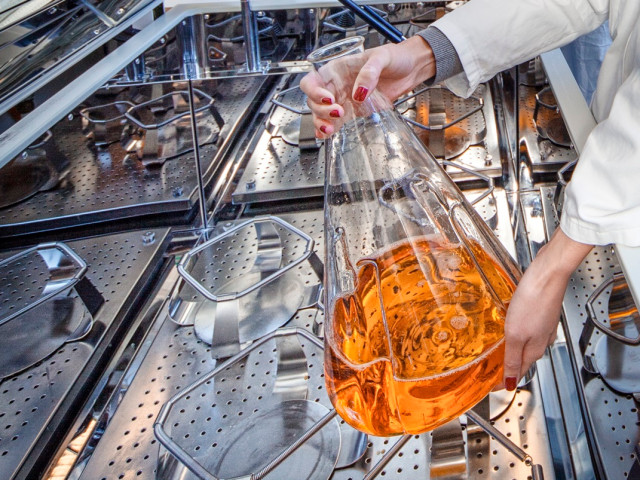Characterization of emissions
Characterization of catalysts and catalytic reactions
Emissions standards and test cycles
Exhaust gas catalysts and system design
Catalysis in oil refining
Design of catalytic reactors
Emerging technologies in environmental catalysis
Hydrogen generation and fuel cells
On completion of the course, the technology student should be able to
- Compare experimental characterization methods for catalysts and surfaces (TEN1, LAB1)
- Explain the atomic/molecular basis of catalysis and catalyst deactivation (TEN1, LAB1)
- Describe methods for the synthesis of catalysts (TEN1, SEM1)
- Describe applications of catalysis for environmental protection (SEM1, TEN1)
